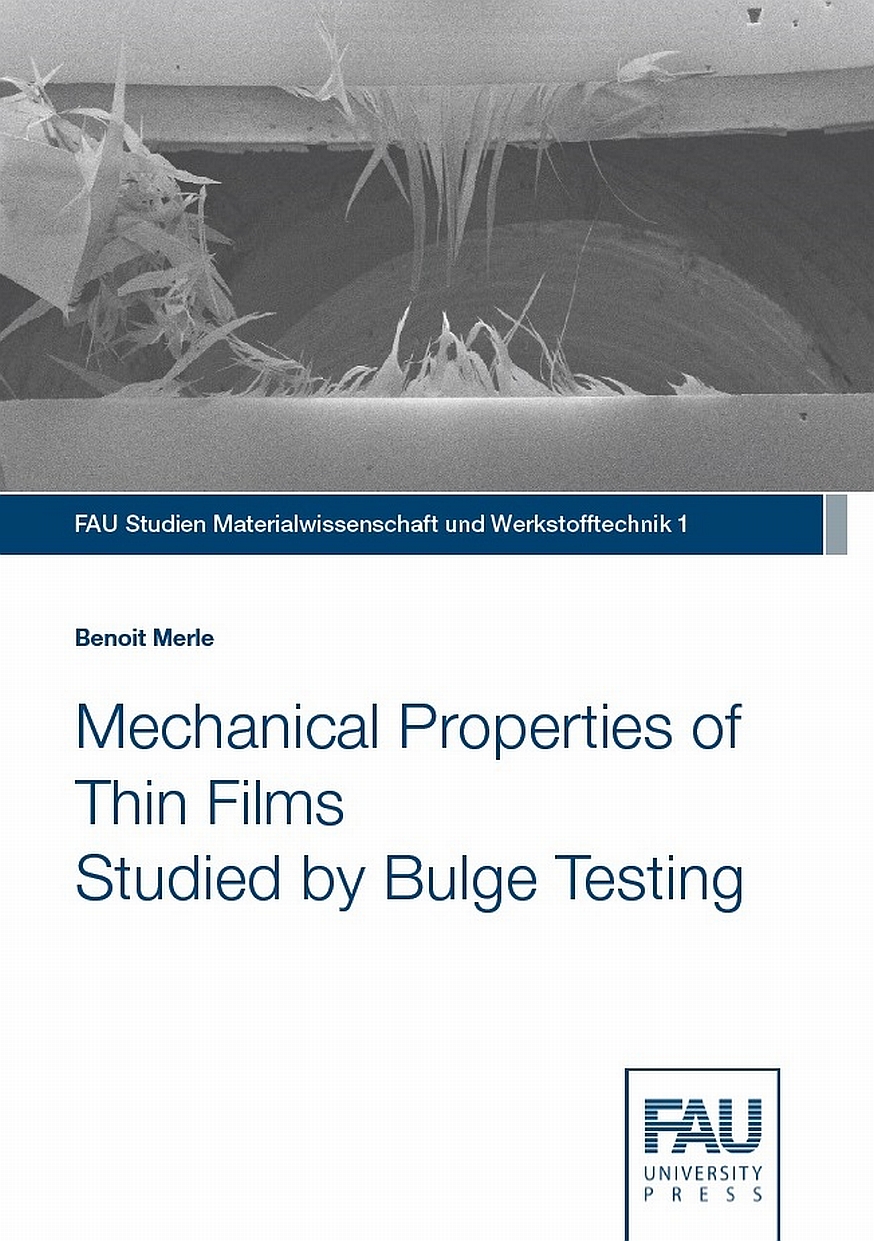Description
Thin films are complex systems exhibiting remarkable mechanical properties compared to their bulk counterparts. The most thoroughly described size effect is the increase of the strength of various materials with decreasing film thickness. Most of the knowledge about freestanding films has been gathered from bulge tests. In this work this technique was improved in order to allow the investigation of the fracture, time-dependent, and fatigue properties of thin films. Experiments were performed both ex-situ to provide accurate quantitative measurements, and in-situ in an AFM to qualitatively investigate the corresponding mechanisms. The new methods were applied to LPCVD SiNx and PVD gold films with thicknesses ranging from 30 to 400 nm. The properties of the amorphous SiNx do not vary with the film thickness. It was shown that even its fracture toughness is insensitive to the transition from plane-strain to plane-stress. On the opposite, the crystalline gold films exhibit strong size effects. In detail, different behaviors are evidenced for freestanding films and films on a SiNx substrate. The freestanding gold specimens show a dramatic decrease of their fracture toughness, a huge increase of their strain-rate sensitivity, and a strong ratcheting at low film thickness. Apart from the nanocrystalline microstructure, a likely explanation is the grain boundary sliding observed at the surface during every kind of test. The quantitative measurement of the stress exponent indicates that this ill-documented process is limited by dislocation activity. Grain boundary sliding most likely occurs because of the columnar microstructure of the films, which results in a low geometrical constraint on the grains for out-of-plane displacement. Gold films on SiNx exhibit an even higher strength than their freestanding counterparts. Their strain-rate sensitivity is on the opposite much lower, and seems exclusively due to their nanocrystalline microstructure. The good adhesion to the substrate indeed suppresses grain boundary sliding, and as a consequence, the effects occurring during the creep, strain-rate jump, and fatigue tests are weaker.


Reviews
There are no reviews yet.